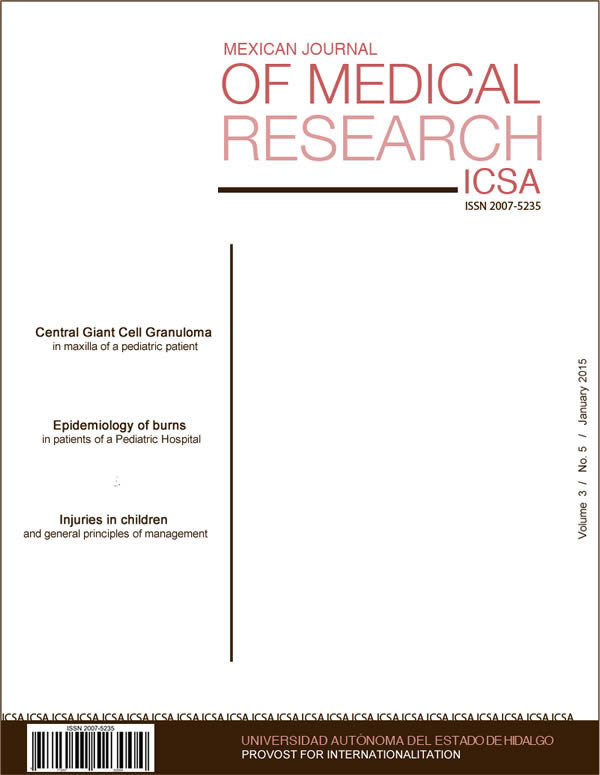Injuries in children and general principles of management
DOI:
https://doi.org/10.29057/mjmr.v3i5.1835Keywords:
Childhood Depression, Coping Strategies, Cancer.Abstract
Traumatic injuries and accidents are a major cause of morbidity and mortality in children worldwide, with traffic accidents causing the majority of deaths due to trauma. When possible, children with injuries should be cared for at a dedicated trauma center, as outcomes have been shown to improve with the care of a specialized trauma team. General principles of management include a systematic, step by step approach beginning with the Pediatric Assessment Triangle. Once providers have performed a primary survey and stabilized the patient, more detailed secondary and tertiary surveys should be conducted. Specific treatments will vary depending on the nature of the injury. Public health initiatives in primary prevention to reduce the incidence of traumatic injuries and prevent injuries before they occur are also crucial.
Downloads
Publication Facts
Reviewer profiles N/A
Author statements
- Academic society
- N/A
- Publisher
- Universidad Autónoma del Estado de Hidalgo
References
[2] Peden M, et al. World report on child injury prevention. World Health Organization/UNICEF. 2008.
[3] Fraga AM, Fraga GP, Stanley C, Costantini TW, Coimbra R. Children at danger: injury fatalities among children in San DiegoCounty. Eur J Epidemiol. 2010; 25: 211-7.
[4] Hon KL, Leung TF, Cheung KL, Nip SY, Ng J, Fok TF, et al. Severe childhood injuries and poisoning in a densely populated city: where do they occur and what type? J Crit Care. 2010; 25: 175. e7-12.
[5] Centers for Disease Control and Prevention. Nonfatal traumatic brain injuries related to sports and recreation activities among persons aged ≤19 years—United States, 2001–2009. MMWR Morb Mortal Wkly Rep 2011; 60: 1337–42.
[6] EuroSafe, Injuries in the European Union, Report on injury statistics 2008-2010, Amsterdam, 2013.
[7] Corrales AY, Starr M. Assessment of the unwell child. Aust Fam Physician. 2010; 39: 270-5.
[8] American Academy of Pediatrics and the American College of Emergency Physicians. Textbook for APLS: The Pediatric Emergency Medicine Resource. 4th ed. Sudbury, MA. Jones and Bartlett Publishers. 2004.
[9] Biarent D, et al. European Resuscitation Council guidelines for resuscitation 2005. Section 6. Paediatric life support. Resuscitation 2005; 67(Suppl 1): S97–133.
[10] Spady DW et al. Patterns of injury in children: a population- based approach. Pediatrics, 2004, 113:522–529.






















